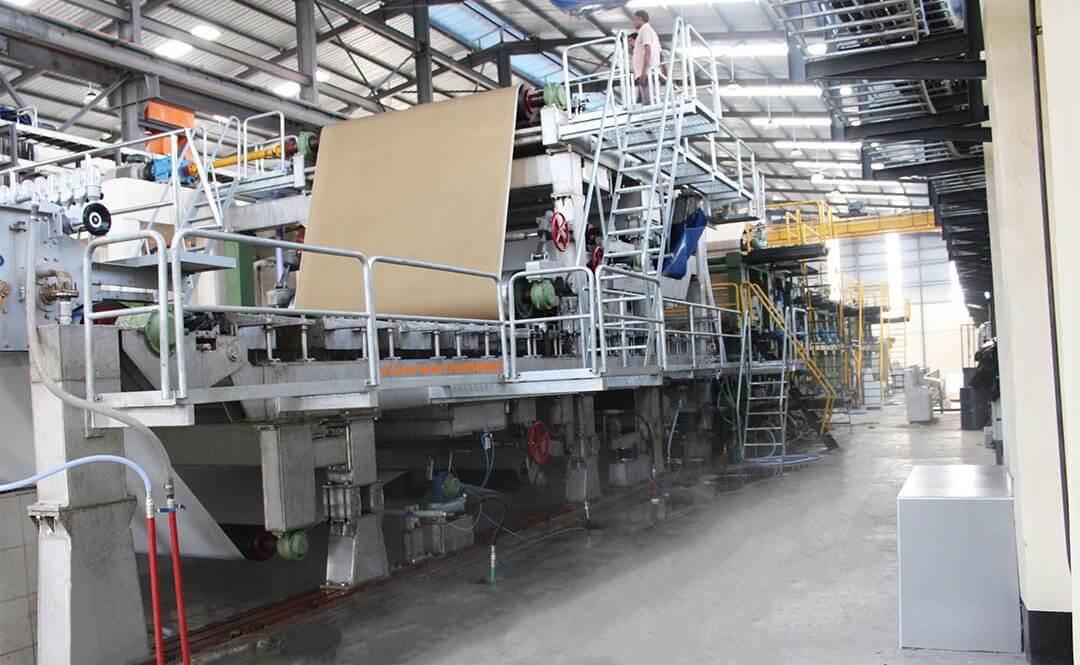- krofta@kroftaengineering.com
- Durga Bhavan A-68, FIEE Complex, Okhla Industrial Area Phase – II, N.D – 110 020
Ozone Generator

Ozone Generator
Ozone generators are being marketed as an efficient way to remove odors and pollutants from indoor air. However, ozone has been linked to negative health impacts. Available scientific research indicates that safe-to-breathe ozone concentrations are unlikely to be beneficial in mitigating indoor air pollution. Ozone is described in a number of ways by manufacturers and suppliers of ozone devices. Terms like "energetic oxygen" and "clean air" imply that ozone is a "healthy" type of oxygen. However, ozone is a hazardous gas with characteristics extremely different from oxygen. Ozone, whether in its pure form or coupled with other substances, may be damaging to one's health.
What is the purpose of an ozone generator?
An ozone generator is a device that generates the gas ozone. Ozone is useful in water filtration, however ozone levels in the air must be high in order to eliminate impurities. Experts advise that it is critical to regulate conditions so that no person or pet is exposed to high amounts of ozone. By affecting a person's sense of smell, ozone also hides the odor of some contaminants. Furthermore, ozone does not remove germs or mold in materials like air conditioning duct lining and ceiling tiles.
The Dangers of Using Ozone Generators
Some persons are more vulnerable than others and may be more prone to suffer from negative health repercussions. Children, the elderly, and asthmatics are especially vulnerable.
Ozone exposure
-
Can cause irritation to the eyes, nose, throat, and lungs, as well as coughing and shortness of breath.
-
Asthma and other chronic respiratory illnesses may be worsened.
-
Is likely to increase hospitalizations and ER visits for respiratory illness.
-
It can also harm indoor plants and harm materials such as rubber, electrical wire coatings, and textiles.


 Anita
Anita




